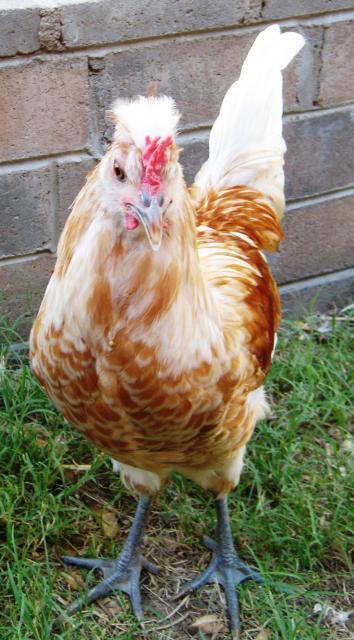- Thread starter
- #11
Quote:
Thanks Turtle feathers!
That is nice to know there is that option! Do you sell hatching eggs?
Thanks Turtle feathers!
That is nice to know there is that option! Do you sell hatching eggs?
Follow along with the video below to see how to install our site as a web app on your home screen.
Note: This feature may not be available in some browsers.






